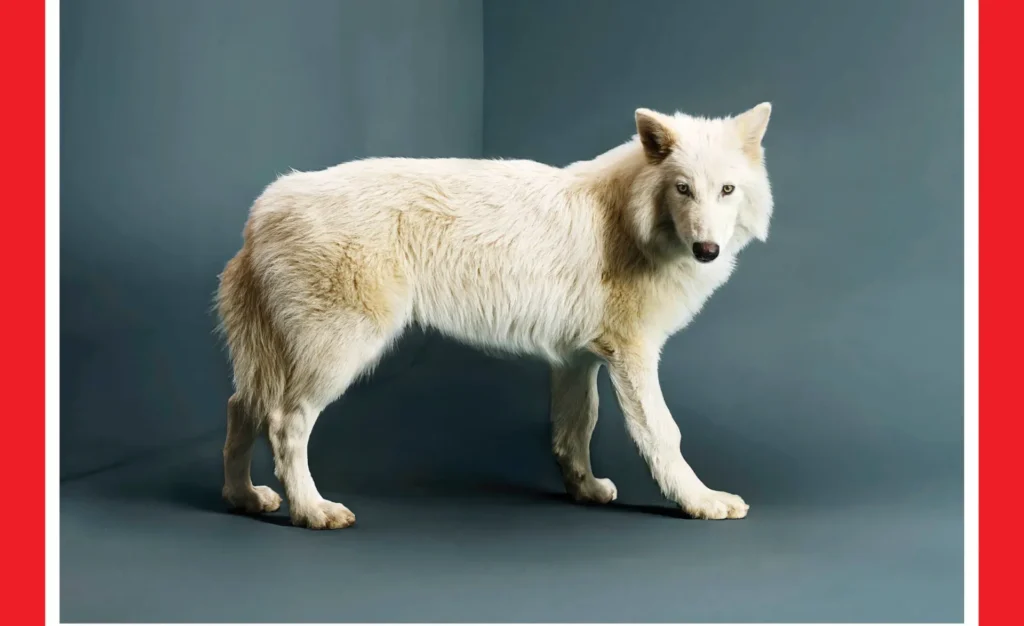Colossal Biosciences has brought the legendary dire wolf back to life — not as a museum piece, but as a living symbol of what’s possible in synthetic biology. TIME spotlights Colossal’s work decoding ancient DNA and applying genome engineering to reintroduce this extinct predator. Unlike wolves we know today, the dire wolf was a distinct species that once roamed North America, and its revival is a landmark moment in the de-extinction movement. The article explores the challenges of building viable genomes, the broader ethical debates surrounding species restoration, and Colossal’s ambitions to use this work for ecological good. With a blend of scientific rigor and bold vision, the company is turning sci-fi into real-world innovation — and sparking a global conversation along the way.
Read the full feature in Time.



